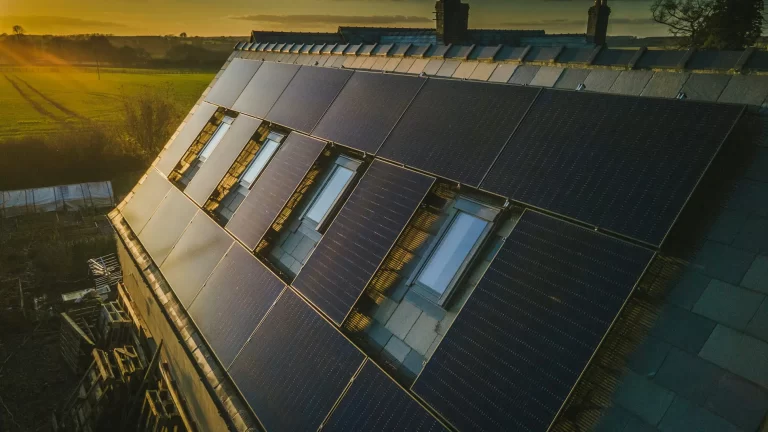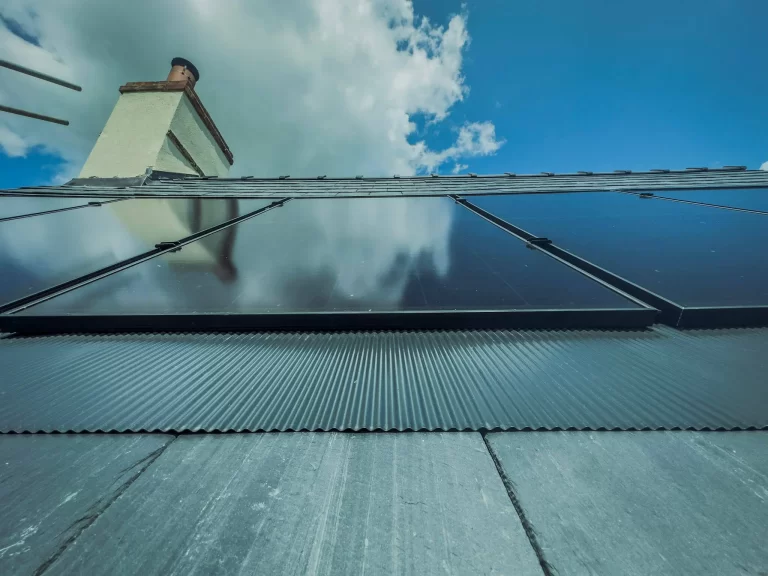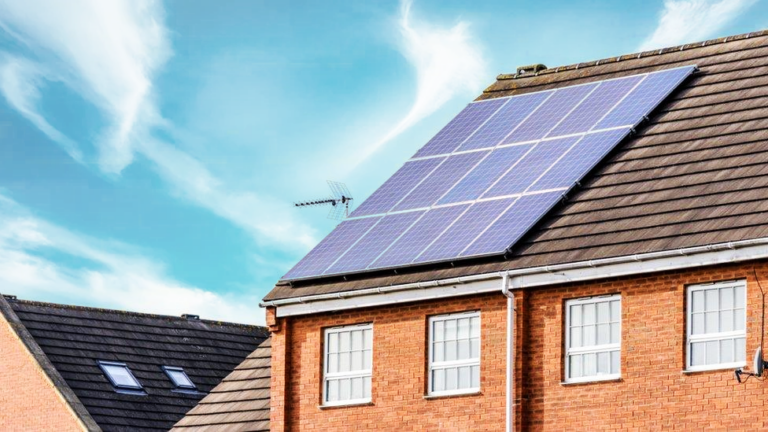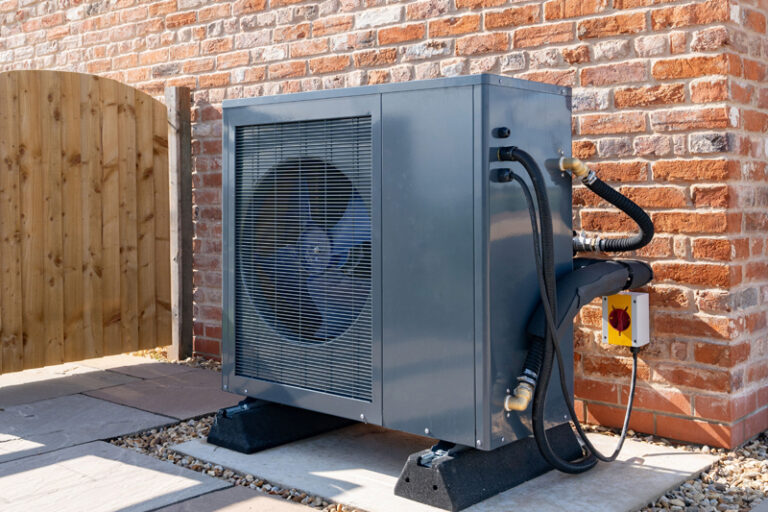Table of Contents
In today’s world of rising energy costs and increasing environmental awareness, many homeowners are turning to solar panels to reduce their energy bills and carbon footprint. A key component of this shift is the smart meter, which allows for more efficient energy management. But can smart meters work with solar panels?
Smart Meters and Solar Panels: A Perfect Match
Yes, smart meters can indeed work with solar panels, providing homeowners with a comprehensive view of their energy consumption and generation. These advanced devices not only track how much energy you are using but also how much energy your solar panel system is producing and exporting back to the grid. This dual functionality is particularly beneficial for those looking to maximize the efficiency and cost-effectiveness of their solar installations.
Second Generation Smart Meters
Most modern smart meters, especially the second generation smart meters, are designed to be compatible with solar panels and other Photovoltaic systems. They give consumers detailed insights into their energy usage, allowing them to see exactly how much energy is being consumed from their solar panels versus how much is being imported from the grid. Similarly, they also track the amount of solar energy being exported back to the grid, enabling homeowners to monitor and manage their energy production effectively.
Energy Providers and Compatibility
However, it’s important to note that not all energy suppliers have updated their systems to fully support the reading of exported energy from solar panels. For instance, while companies like EDF Energy, British Gas, Ovo Energy, Utilita, and Octopus have made their smart meters compatible with solar panel systems, others are yet to do so. This discrepancy means that while the technology is available, the user experience can vary significantly depending on the energy provider.
What Are Smart Meters?
Smart meters are a modern upgrade to the traditional gas and electricity meters. They have been introduced as part of a government initiative aiming for all households to have one by 2020. These devices offer a significant advantage by providing real-time data on your energy usage and automatically sending this information to your energy supplier. This eliminates the need for estimated energy bills, ensuring you only pay for the energy you actually use.
Real-Time Energy Monitoring
One of the key features of smart meters is their ability to read your exact energy consumption in real time. This real-time monitoring allows you to see precisely how much energy you are using at any given moment. For homeowners with solar panels, this means you can track how much energy your solar panels are generating and how much you are consuming from the grid.
In-Home Display (IHD)
Smart meters come with a portable device known as the In-Home Display (IHD). This handy gadget shows your electricity and gas consumption in pounds and pence, making it easier to understand your energy usage. The IHD also offers various tips and recommendations on how to reduce your energy consumption, helping you to lower your bills and use energy more efficiently.
What’s the Difference Between the First Generation Smart Meter and Second Generation Smart Meters?
Issues with First Generation Smart Meters
The initial rollout of smart meters involved first generation smart meters, known as SMETS 1. While these devices marked a significant step forward, they were not without their problems. One of the major issues was that these meters could go “dumb” or stop functioning properly when consumers switched energy suppliers. This meant that the smart meter would no longer send automatic readings to the new supplier, and manual readings would be required.
Limitations of SMETS 1
Most first generation smart meters used a 3G mobile network to send data. Additionally, there wasn’t a unified network to manage these meters across different energy suppliers. Consequently, when consumers changed their energy supplier, their smart meter often lost its “smart” functionality, reverting to a traditional meter that required manual readings. This undermined the convenience and accuracy that smart meters were supposed to provide, leading to customer frustration and higher energy bills.
Introduction of Second Generation Smart Meters
To address these issues, the government extended the smart meter rollout deadline, prompting the development of improved second generation smart meters, or SMETS 2. Launched in 2018, SMETS 2 devices resolved many of the problems associated with their predecessors. These newer smart meters connect to a dedicated Wide Area Network (WAN), ensuring that all energy suppliers can manage them effectively, even when consumers switch providers.
Benefits of SMETS 2 for Solar Panel Users
Second generation smart meters are particularly beneficial for those with solar panels. They accurately track energy consumption and the amount of excess solar energy generated and exported back to the grid. This integration helps users monitor their energy usage more precisely, reducing energy bills and optimizing the performance of their solar panel systems.
How Smart Meters and Solar Panels Work Together
With a second generation smart meter installed, homeowners with solar panels can take full advantage of their renewable energy systems. These smart meters provide detailed information on how much energy is being consumed from the grid versus how much is being generated by the solar panels. This transparency helps consumers make informed decisions about their energy use and identify opportunities to save on energy bills.
How Smart Meters Work
Smart meters are designed to communicate with other devices and send energy information directly to your energy supplier via the Wide Area Network (WAN). This network allows smart meters to exchange data with the Data Communications Company (DCC), which then forwards the information to your energy supplier.
Communication Networks
Depending on the location, smart meters in the UK may connect directly to the DCC or pass data through nearby smart meters until it reaches a connected meter. This ensures reliable communication across different areas.
Home Area Network (HAN)
Smart meters also use a Home Area Network (HAN) to communicate with an In Home Display (IHD). The HAN works like a home Wi-Fi network, providing real-time data on energy consumption and supporting other smart devices.
Integration with Solar Panel Systems
For solar panel system owners, smart meters accurately track energy production and export. This is crucial for benefiting from the Smart Export Guarantee, which compensates for excess solar energy sent back to the grid.
Installation
Smart meters can be installed simultaneously with your solar panel system or added later, providing accurate energy tracking and efficient management of both usage and generation.
How Smart Meters Work with Government Schemes
Feed-in Tariff
While the Feed-in Tariff scheme concluded in 2019, those already registered continue to benefit from its incentives. This government initiative aimed to make renewable energy more accessible to UK households, contributing to a significant decrease in the cost of solar panels, particularly in Scotland where prices have dropped by approximately 70% since 2010. Smart meters play a crucial role in measuring the energy generated, allowing homeowners to efficiently export surplus energy back to the grid.
Smart Export Guarantee
Following the conclusion of the Feed-in Tariff, the government introduced the Smart Export Guarantee (SEG) in April 2019. This scheme is now mandatory for all licensed electricity suppliers and provides financial incentives to small-scale low-carbon heating generators for the excess energy they export to the grid.
Under the SEG, homeowners with solar panel systems of at least 5kW capacity are eligible to receive payments for their exported energy. To participate, households must have a smart meter installed to accurately measure and record their energy exports. The SEG also supports the integration of solar storage systems, enhancing the efficiency and sustainability of renewable energy use.
Implemented on 1 January 2020, the SEG continues to encourage households to invest in solar energy and contribute to the UK’s renewable energy goals.
Final Thoughts
Pairing solar panels with smart meters offers homeowners a modern way to manage their energy use effectively. Smart meters give real-time insights into energy consumption and solar generation, helping to maximise savings and support environmental goals. Programs like the Smart Export Guarantee (SEG) further encourage the use of renewable energy by rewarding households for exporting excess energy to the grid. This combination not only benefits homeowners financially but also contributes positively to sustainable energy practices and a cleaner environment for all.







